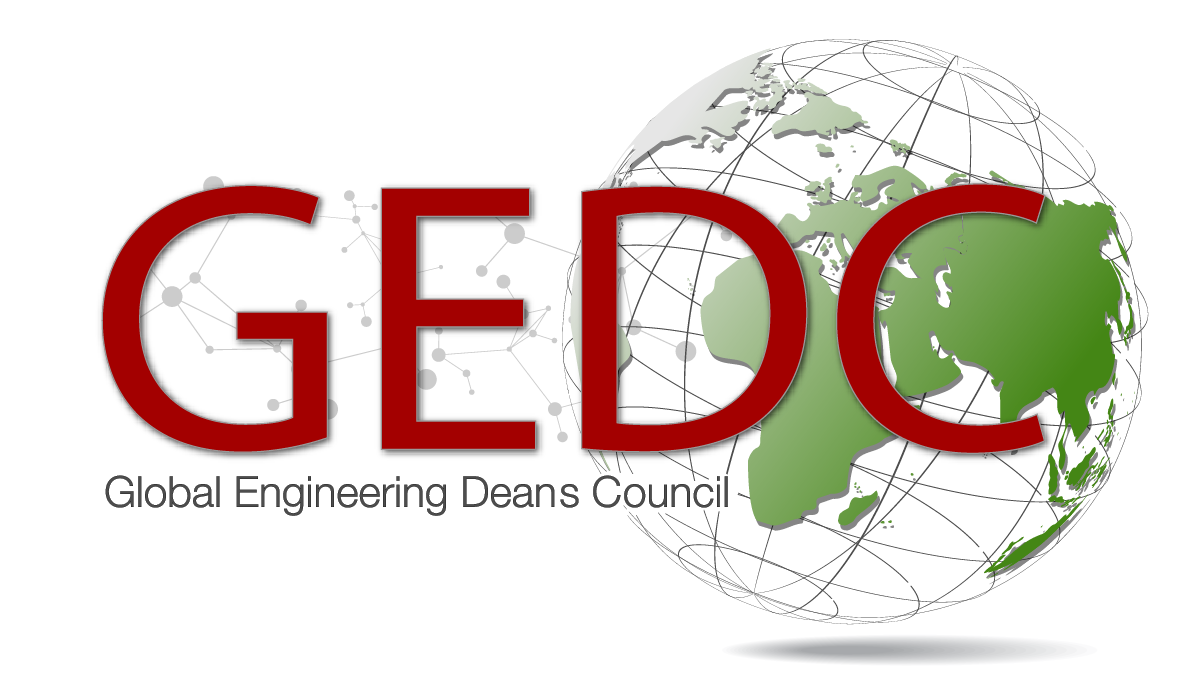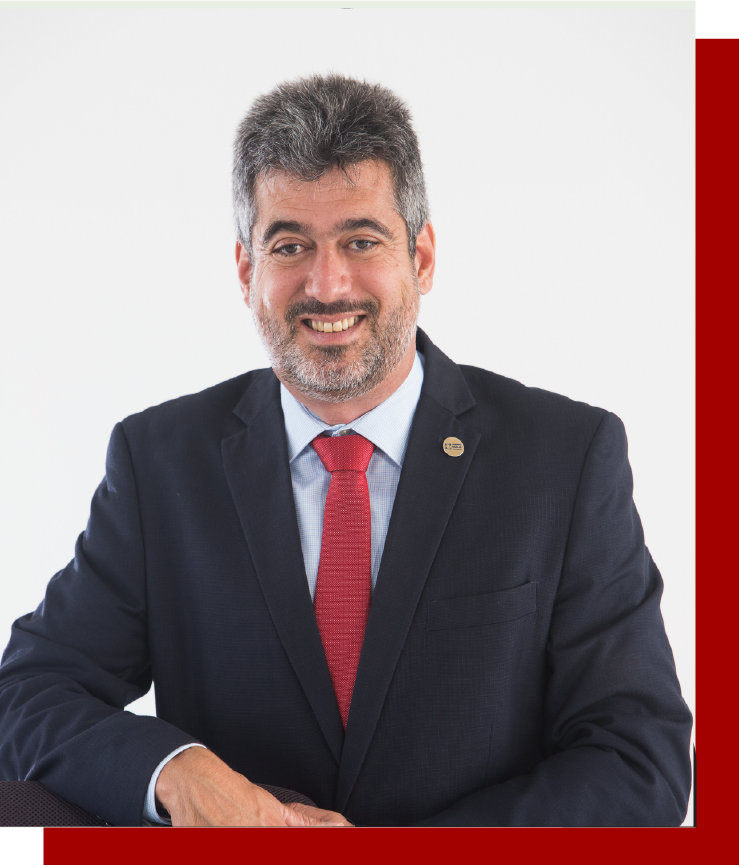What role has Instituto Maua de Tecnologia played in promoting engineering and computing at the National and Regional levels?
Instituto Mauá de Tecnologia has been collaborating, for 60 years, in the training of engineers, designers and business administrators, holding leadership positions, on an international level, in the public and private sectors. Furthermore, IMT promotes a constant synergy between industry and the academic environment. In this way, it integrates faculty and students in responding to real problems in society, prioritizing applied research.
Can you share the Degree Programs offered by Instituto Maua de Tecnologia? What are some of the salient ongoing research projects?
At the Undergraduate level, the programs are:
- Business Administration
- Design
- Computer Science
- Information Systems
- Food Engineering
- Civil Engineering
- Mechatronic Engineering
- Computer Engineering
- Industrial Engineering
- Electrical Engineering
- Electronic Engineering
- Mechanical Engineering
- Chemical Engineering
In addition, IMT offers a complete portfolio of specialization programs and continuing education (PG level).
IMT also has 15 research groups, focusing on applied research and working closely with industry and partner universities in Brazil and abroad. Some of these research groups are:
- Embedded Electronic Systems
- Internal Combustion Engines and Vehicles
- Application of Microwaves in Chemical Processes
- Biological Treatment of Wastewater
- Manufacturing Processes and Mechanical Design
- Materials Science and Engineering
It is worth mentioning IMT’s collaboration with the international consortium for the construction of the Giant Magellan Telescope (GMT), which includes the participation of some of the most relevant universities in the world.
What challenges has Instituto Maua de Tecnologia faced in light of the pandemic and how have you navigated the challenges?
The pandemic imposed several challenges. However, the adaptation to offer our face to face programs remotely by using technology was a significant challenge answered with agility and quality. In a short time, we successfully converted all face to face classes into remote synchronous classes. With the extension of the pandemic period, IMT had to prepare itself even more, creating the hybrid rooms that started to be used during the transition period for the face to face return and will be a legacy for the future. Together with the society, in the most critical moment of the health crisis, the university was engaged in developing and producing low-cost and efficient medical equipment, such as respirators.
How would you characterize the current relations between Instituto Maua de Tecnologia, its faculty, and the Corporate and Industry world? What are some of the projects that you are implementing with local companies?
IMT brings in its DNA the integration between industry and academy. This relationship is fostered daily, both in learning activities, in which the industry has the opportunity to suggest real challenges and tasks to students, as well as in applied research activities and provision of services. For instance, IMT has laboratories to test internal combustion and electric engines and evaluate emissions. There are also projects related to IoT, industry 4.0, soils and pavements and others.
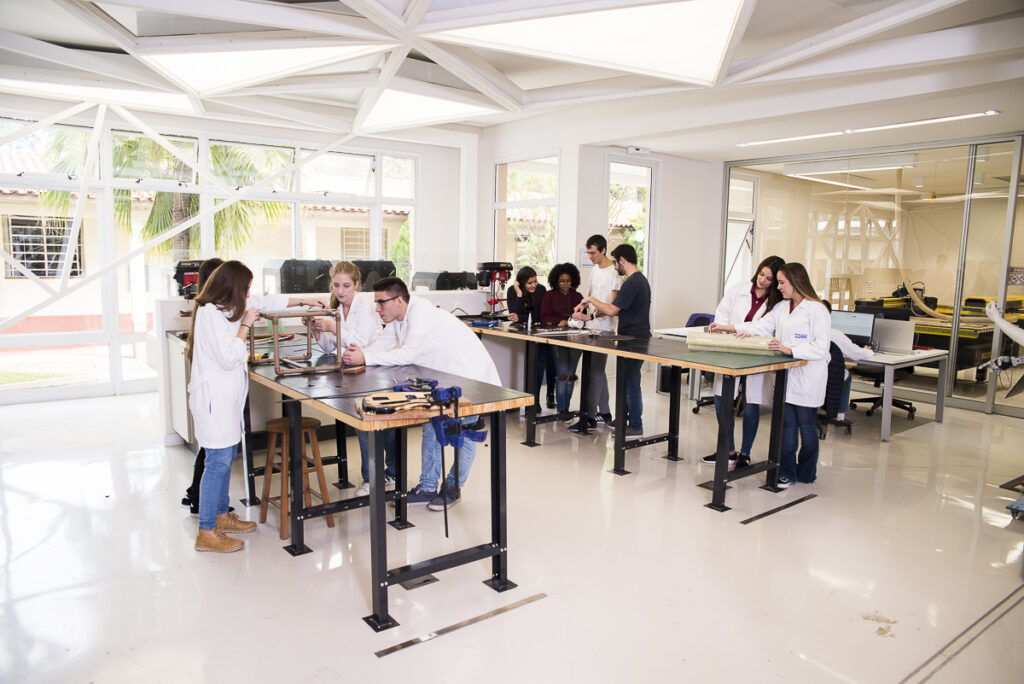
Can you share with us some of the approaches that Instituto Maua de Tecnologia is implementing to sustain growth and retain a constant engagement from its student body?
IMT has a state-of-the-art infrastructure for undergraduate learning. There are approximately two laboratories for each conventional classroom. Thereby, it is possible to engage students in practical activities constantly. IMT also encourage students to develop projects on multidisciplinary teams, which brings together students from the different engineering courses with the design and business students, promoting an innovative environment.
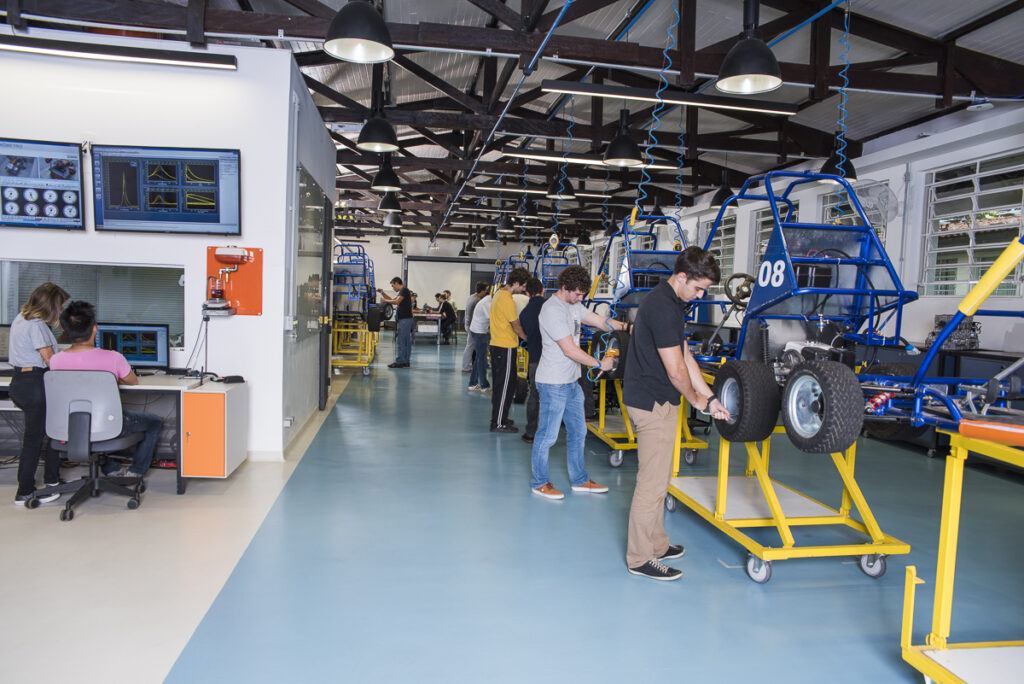
Another important initiative is the presence of professionals in leading positions invited for mentoring students in various workshops and projects. In fact, 15% of the working hours are covered by this kind of practical project. Therefore, there is a vast offer of themes from technical fields and behavioural management. IMT is an ecosystem of opportunities where students can develop their skills. Their graduation is highly impacted by all the activities happening outside conventional classrooms. With this modern curriculum, outstanding infrastructure and the constant exchange of experiences between industry and academy, IMT has become a very attractive institution for those who value a degree aligned with society’s needs.
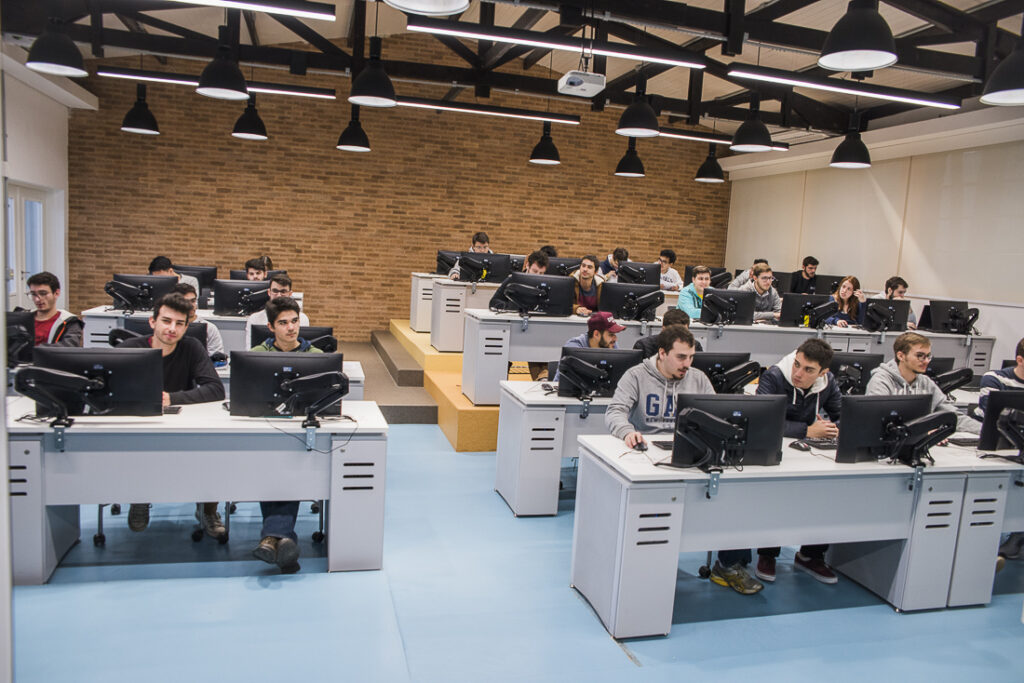
At Instituto Maua de Tecnologia, what are some of the initiatives that you have undertaken to promote diversity in engineering education?
The most important is to maintain a respectful and inclusive environment. The IMT promotes events and activities promoting equality, inclusion and diversity, seeking to educate the community – students, faculty and staff. There is a predominant or balanced female participation in almost all of IMT’s engineering programs. For example, we can mention the programs of Food Engineering, Chemical Engineering, Civil Engineering and Industrial Engineering. IMT has a 35% female presence on campus in general numbers. It is worth mentioning that IMT is in the process of developing an international group representing women in engineering. Among the activities of this initiative and in partnership with the French Consulate in Brazil, an international seminar on this theme is confirmed for the second semester.
How has the GEDC helped your Institute achieve the goal of being a more global environment?
The GEDC promotes a rich and productive environment for exchanging experiences between Deans from different parts of the world. This relation results in critical reflections and practical actions. Being part of GEDC is a way to stay connected and updated, identifying the best institutional practices presented by the partners. More and more, we should seek the training of professionals capable of responding to humanity’s grand challenges. If we want students to make a difference in the world, we must have Deans and Faculties aligned with best education practices in engineering.
In your opinion, what are some of significant issues/topics that ought to be addressed by the global engineering community and particularly by Engineering Deans, to further strengthen inter-regional communication and continue to globalize this field of study?
To stay in the permanent conversation, exchange experiences and spread good practices on education in engineering is an excellent way to globalize the subject. The globalization of research is a few steps ahead of the globalization of teaching. I believe that institutions might move forward by favoring the exchange of professors for teaching activities and stimulating the integration of students from different universities and countries. The Grand Challenges Scholars Program (GCSP) is an exciting initiative created by the National Academy of Engineering in the United States of America (NAE). This program is a great example, as it creates a network of universities and students around the globe to work on the grand challenges of humanity, aligned with the sustainable development goals (United Nations). It shows that there are essential and clear common issues to society that should strengthen inter-regional relations.
What are your top five priorities as a dean?
- Attract and retain talents
- Permanently update the infrastructure of laboratories, classrooms (and more recent technologies for online learning), seeking to offer state-of-the-art facilities that should be collaborative and shared between the community members
- Improve the attractivity and recruitment of students at UG and PG levels
- Improve the institutional digitalization process for administrative and teaching practices
- Strengthen the research groups, seeking relevant insertion, international cooperation and solid links with the industry
